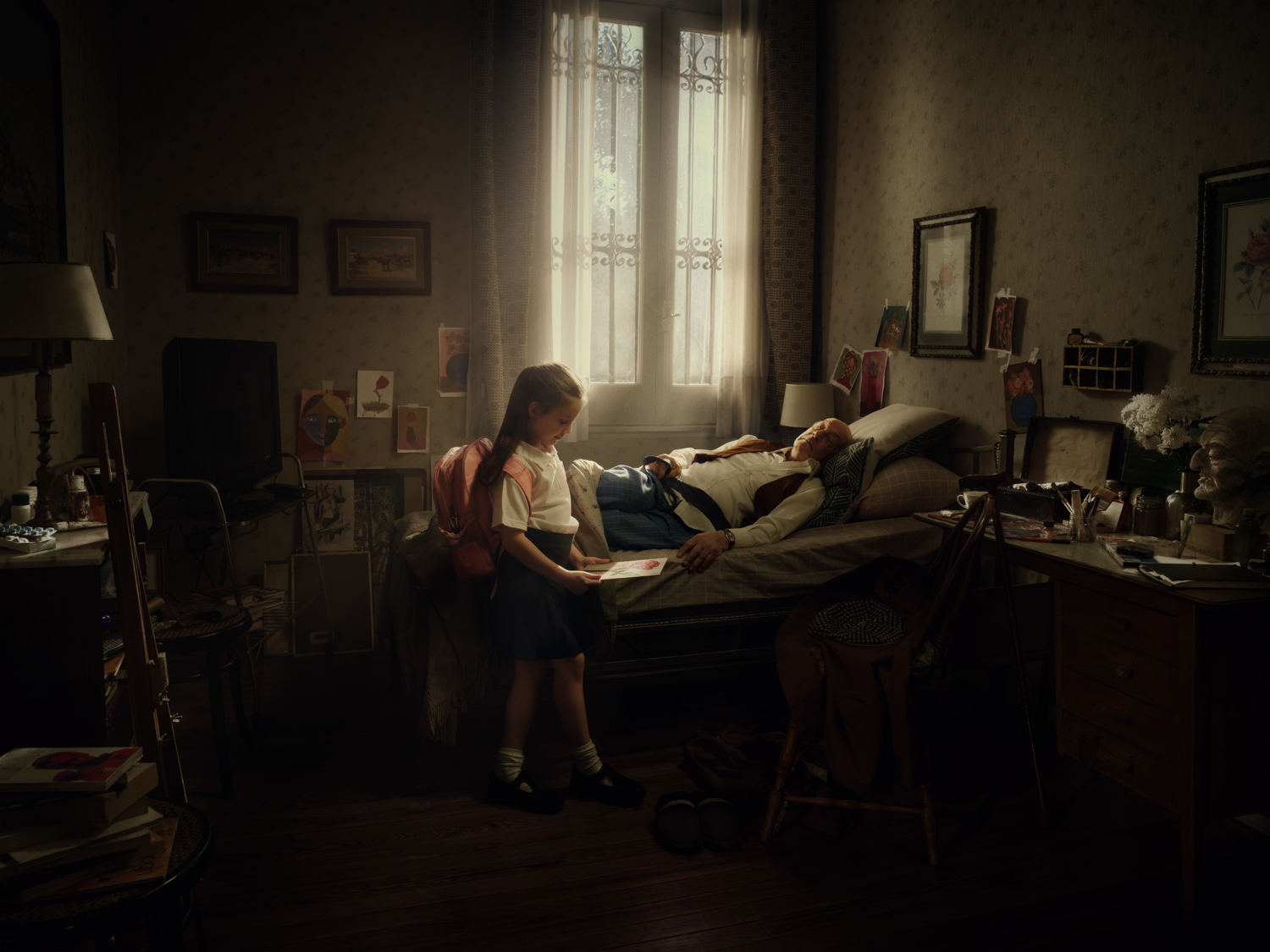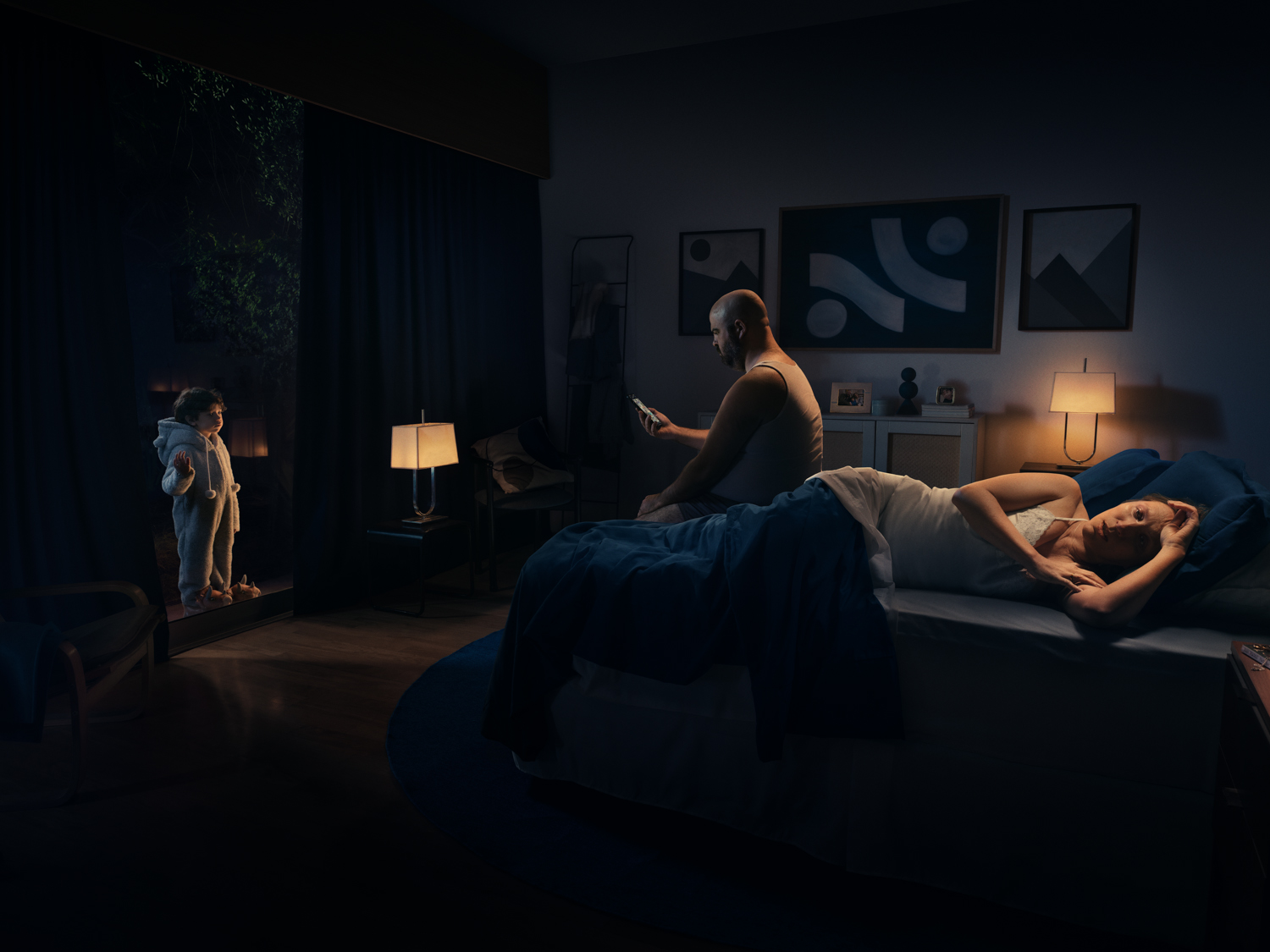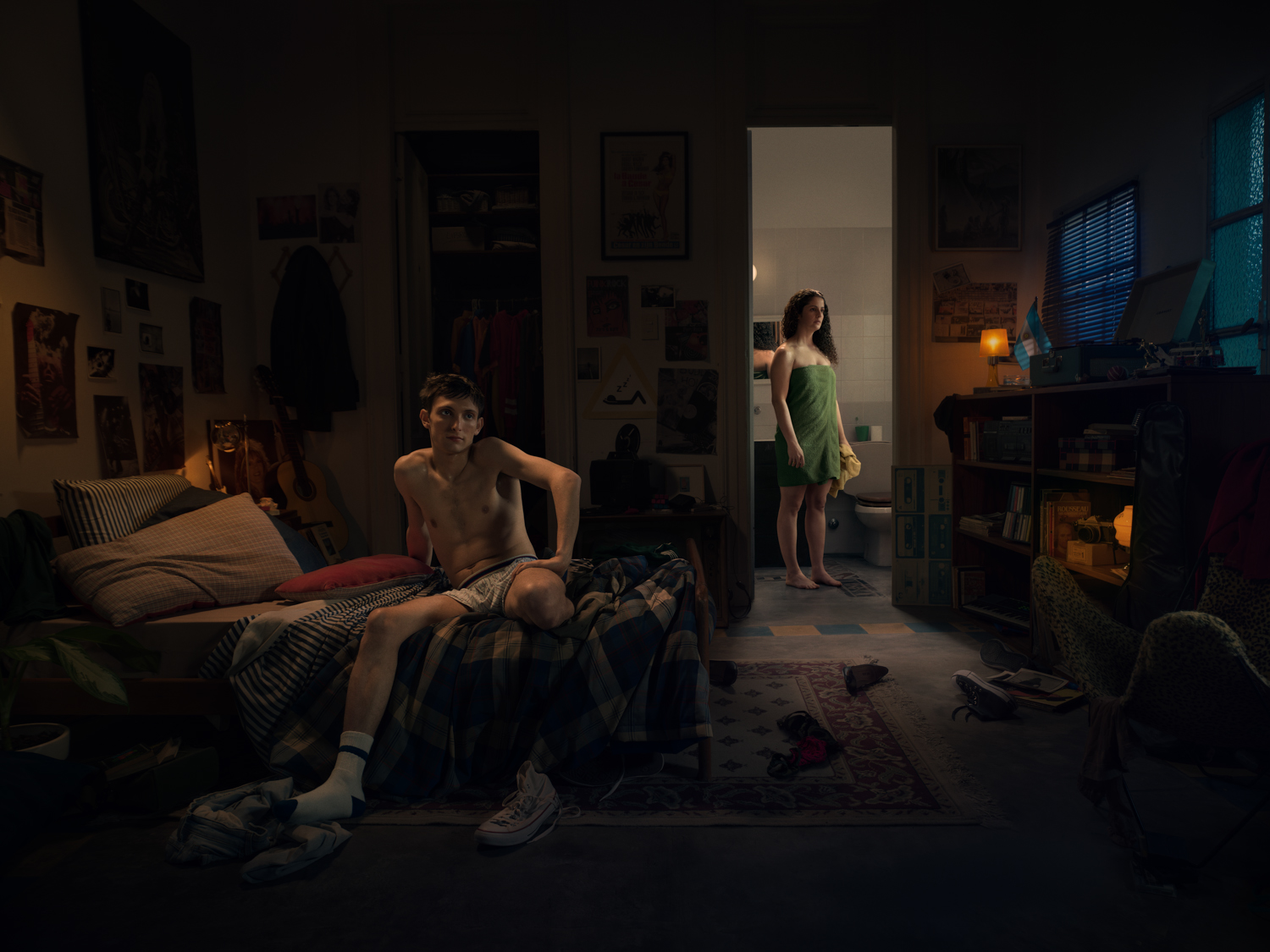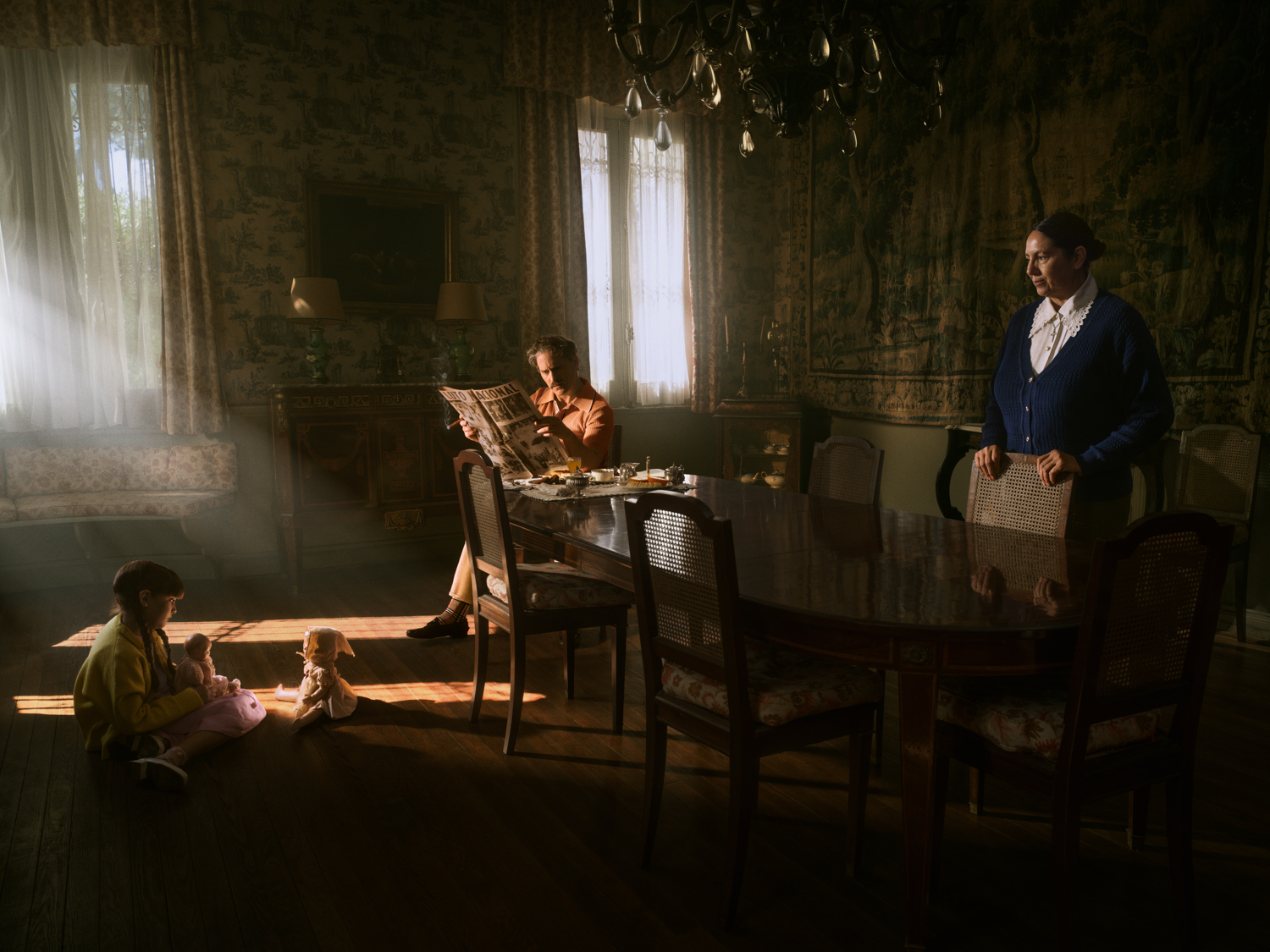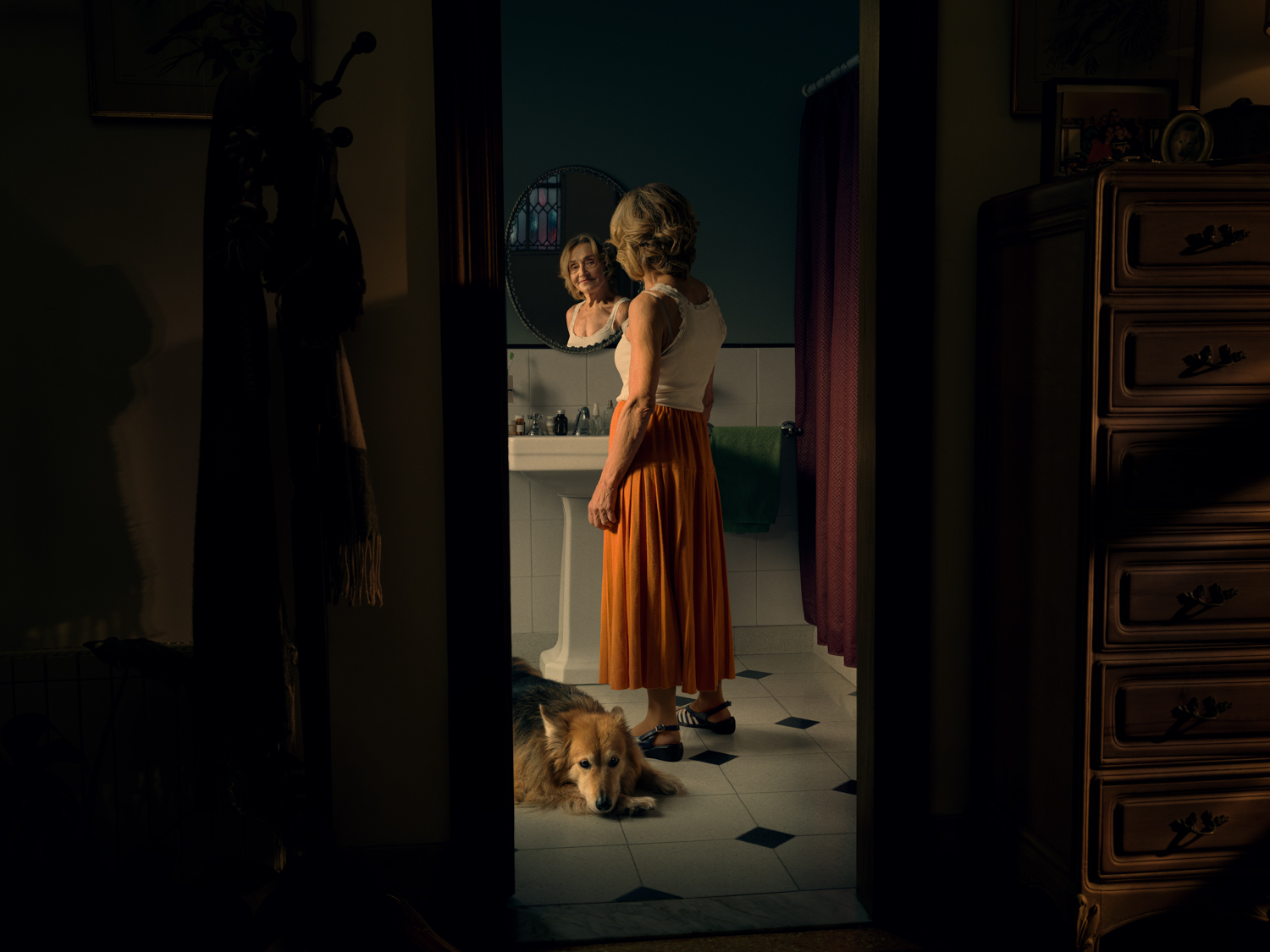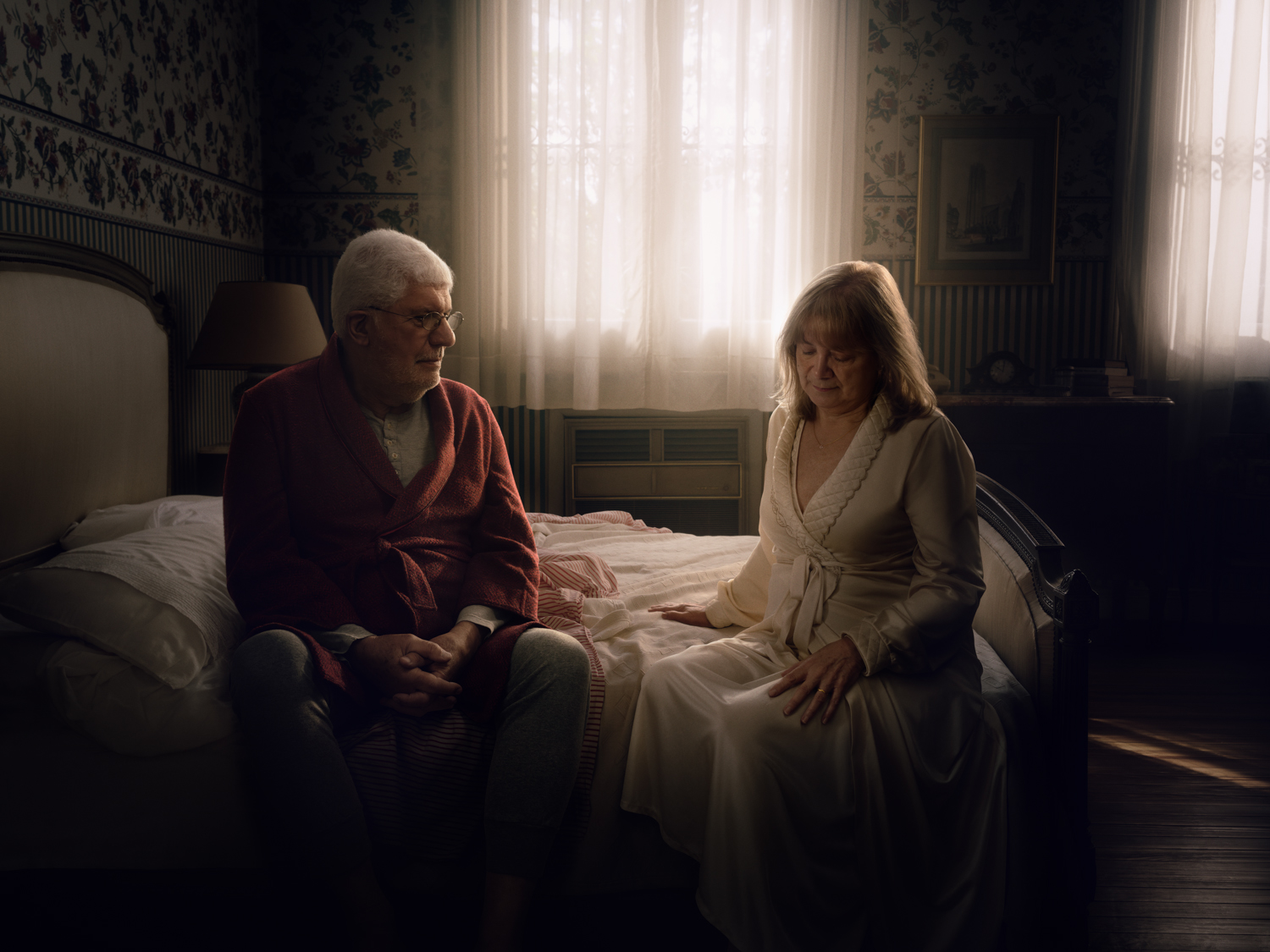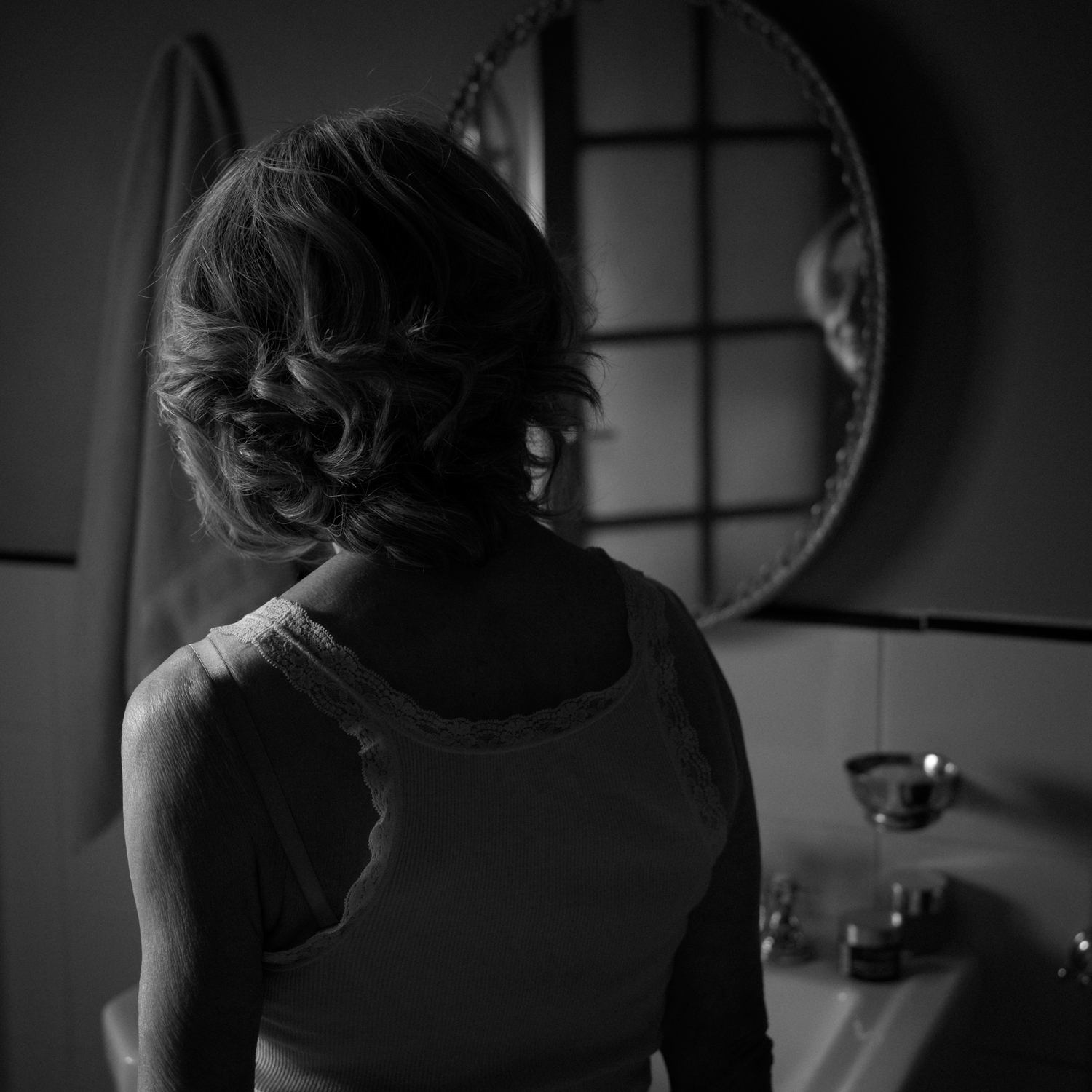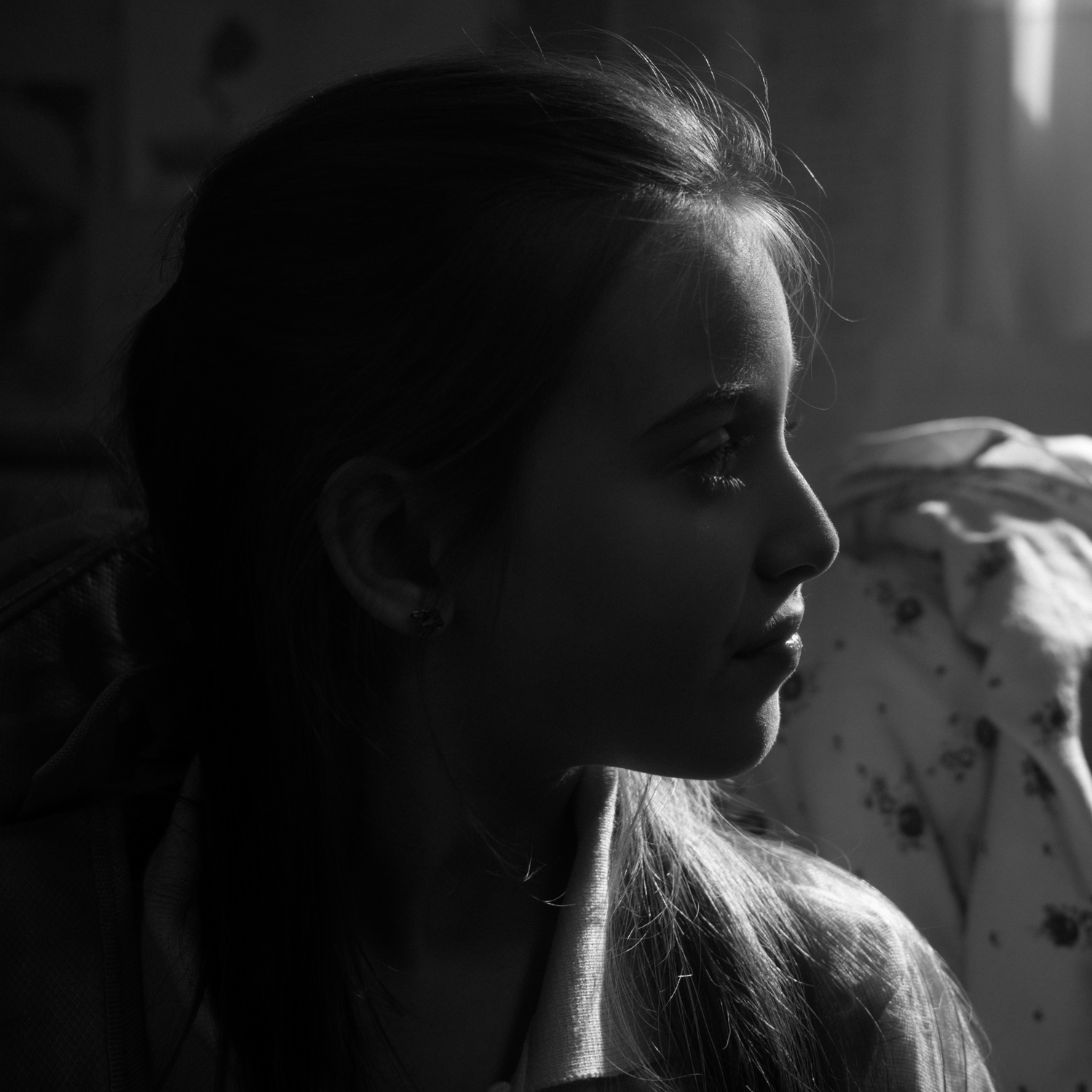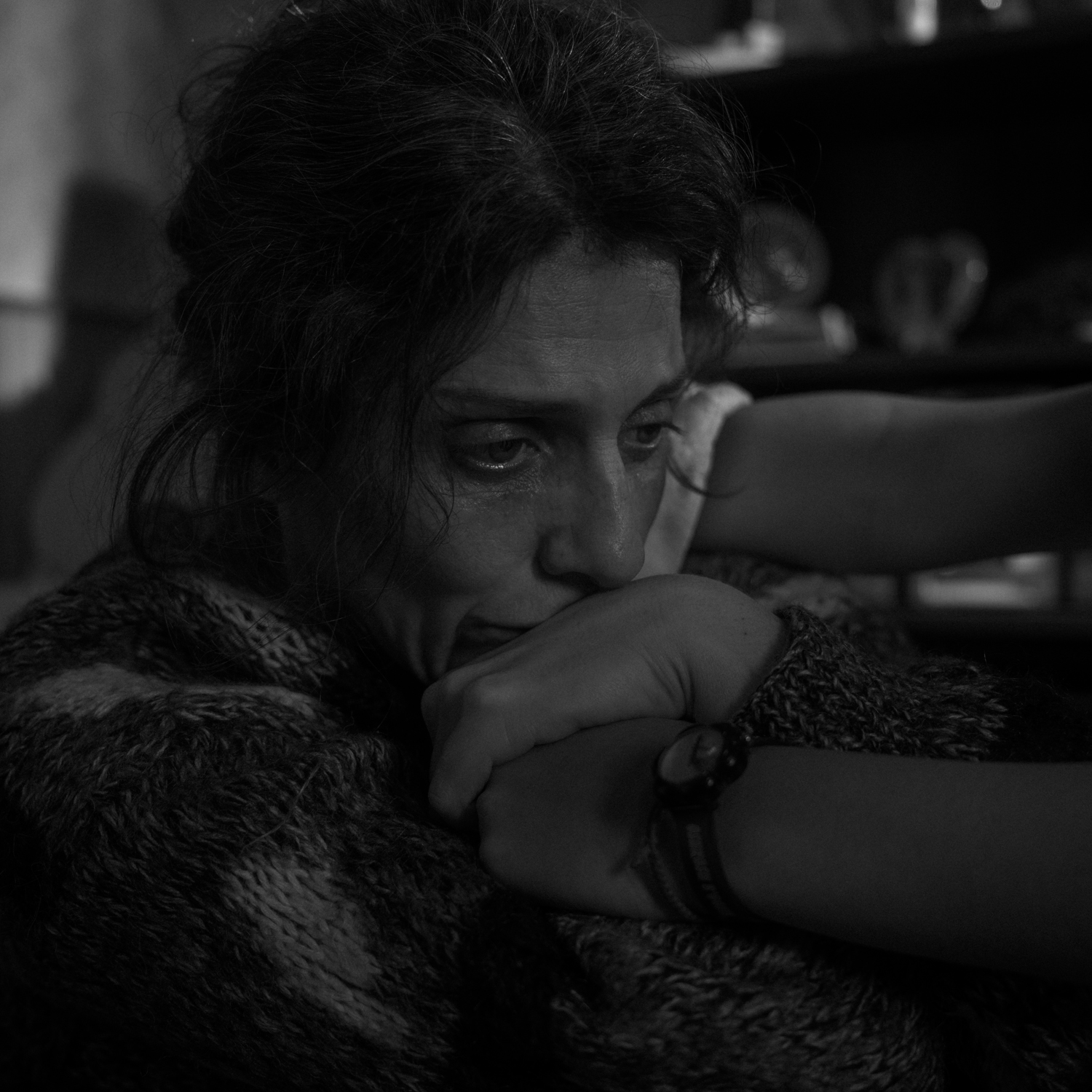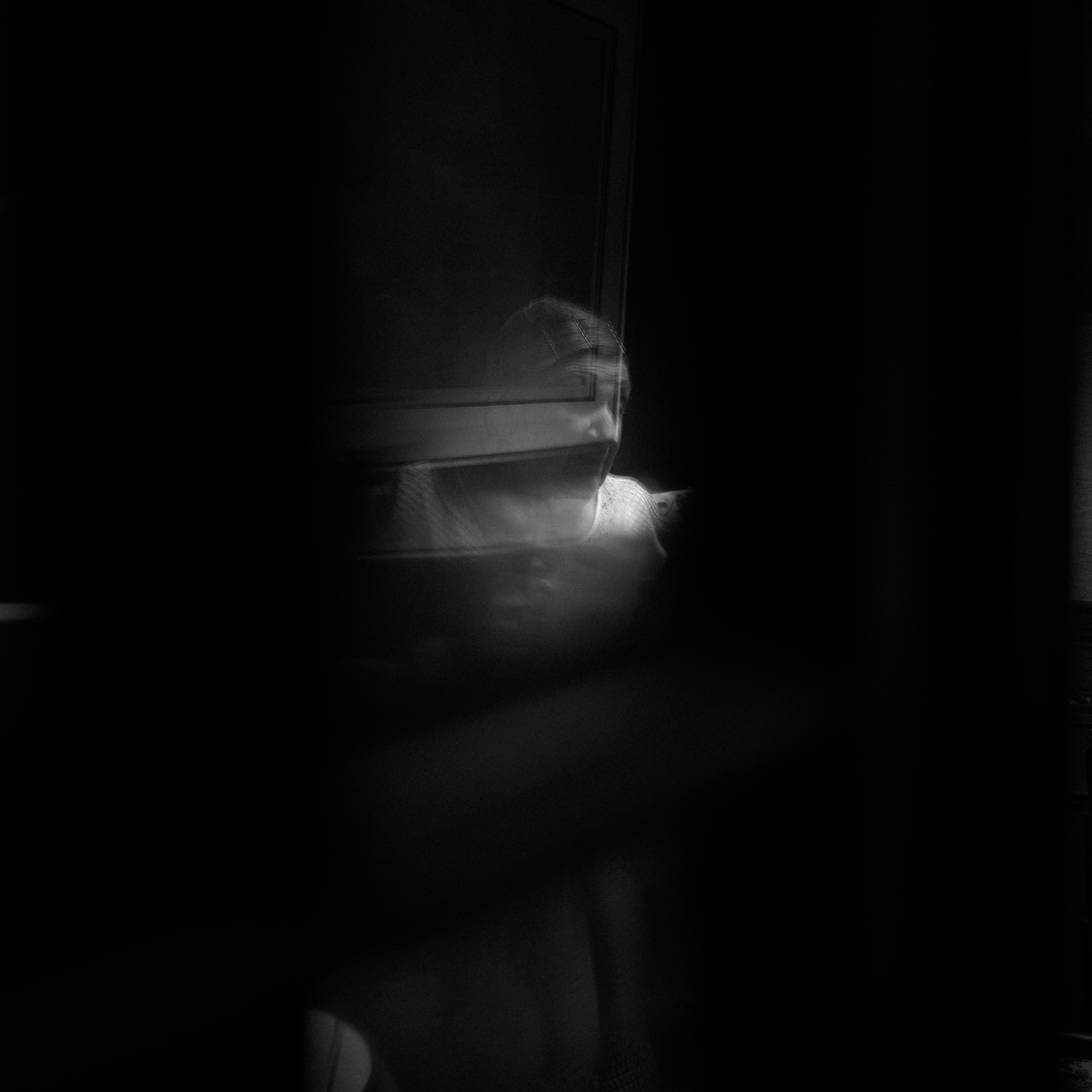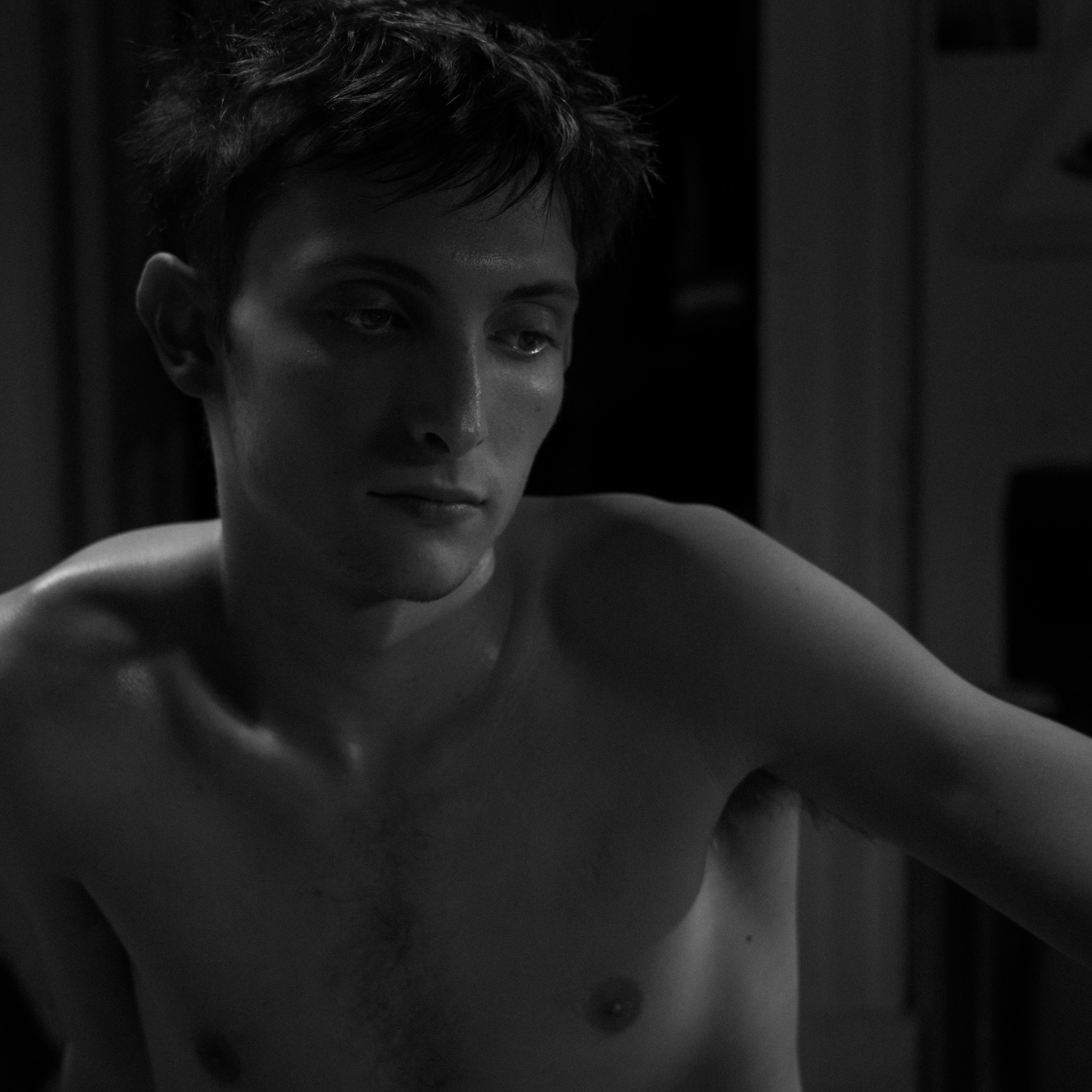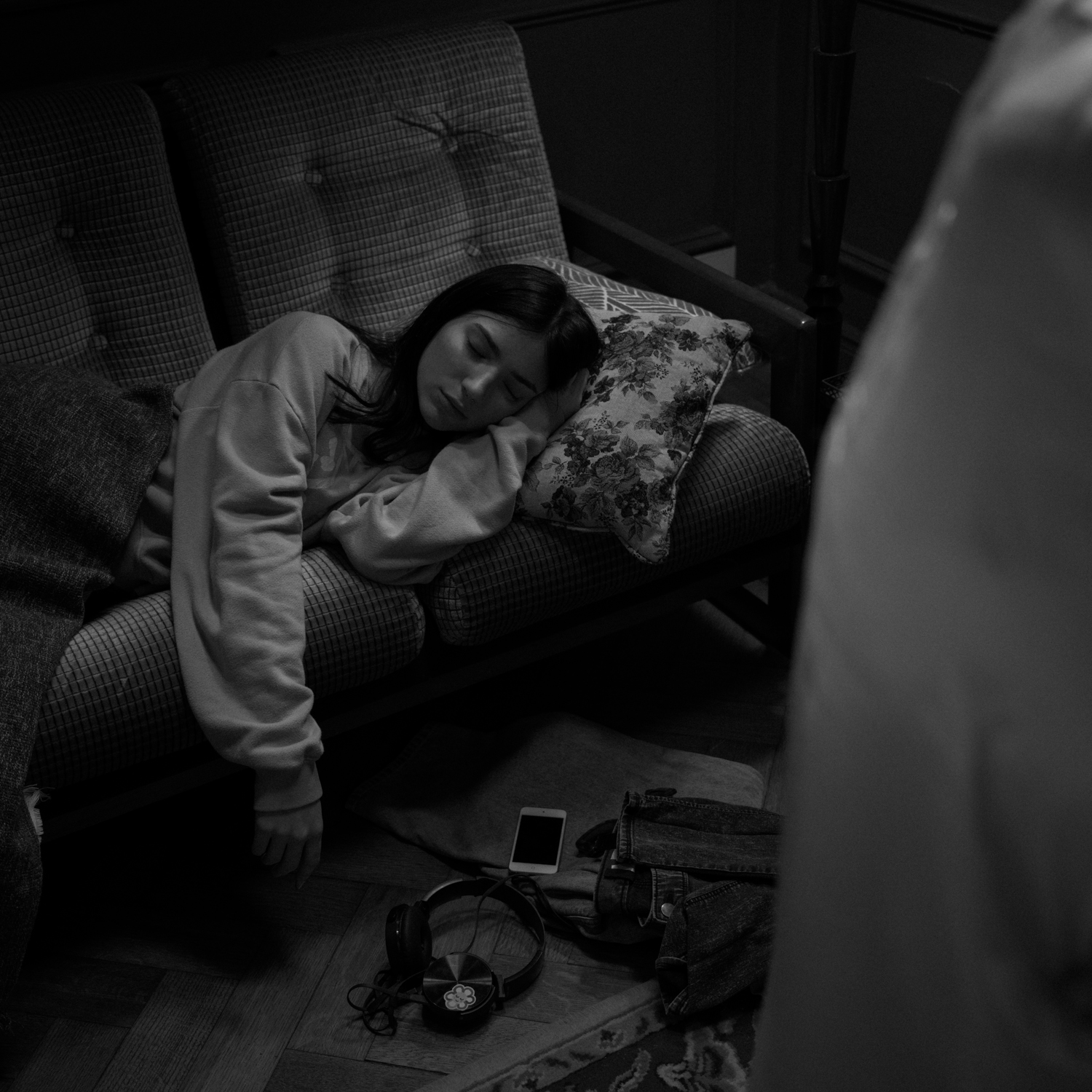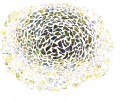Review Santa Fe: César Guardia Alemañi: Towards Intimacy
Today, we are continuing to look at the work of artists from the 2024 Review Santa Fe portfolio review event. Up next, we have Towards Intimacy by César Guardia Alemañi.
César Guardia Alemañi (1994) is a photographer and cinematographer from Buenos Aires, Argentina. He studied cinematography at the Universidad de Cine (FUC) in Buenos Aires, at La Femis in Paris, and later on he did the Photography Master at PhotoSpain, Madrid.
His staged large-format photographs focus on human nature and its most internal processes: introspections, confrontations, and the complexities related to interpersonal relationships.
He has won the 2024 IPA Fine Art Photographer of the Year Award with his series Towards Intimacy, exhibiting in Athens, Greece (House of Lucie Gallery).
Currently he is represented by GalleryLabs in Argentina, with which he exhibited at Pinta BAFoto Art Fair and at The Red Door Gallery. He has recently won the Fujifilm GFX Challenge Grant Award 24, and he will be doing a proyect with them in 2025 to exhibit in Fujifilm Gallery, Tokyo.
He is a member of the ADF Society of Cinematographers in Argentina, and the 9AM Talent Agency in Mexico & The Americas.
Follow César on Instagram: @guardia.alemani
Towards Intimacy
“Towards Intimacy” is a project that explores small moments in the lives of fictional characters, inspired by real processes that occur in their personal spaces.
In these intimate environments, life inexorably continues its course, producing events that can mark turning points, trigger significant changes, or, conversely, trap individuals in recurring patterns.
This series serves as a window into the essence of these profound internal experiences: stories of transformation, gratitude, and loss.
It captures moments that redefine people’s worldviews and their capacity to adapt into new conditions. Through large-format staged photography, the project offers a visual exploration of the deeper intimacies and reflections of individuals.
The project has won the First Prize in the International Photography Awards (IPA Fine Art Photographer of the Year 2024). It has been exhibited in Buenos Aires, Argentina and Athens, Greece.
Daniel George: What motivated you to begin Towards Intimacy?
César Guardia Alemañi: Towards Intimacy stems from real-life stories in Buenos Aires and the idea of creating a project that explores human nature through the roots of these experiences.
I wanted the project to reflect my curiosity about intimacy—what unfolds when people are in their own spaces, immersed in their personal processes. I firmly believe that it is in these private moments that the true essence of human beings emerges: their fears, frustrations, desires, and reflections. It is a journey to understand and capture these profound processes through photography.
DG: One thing that we discussed in Santa Fe was the impressive aesthetic quality of these images. I find it interesting that you describe these as “small moments,” though visually they are much more grandiose. Tell us more about your interest in depicting these types of normal, everyday scenarios in this manner.
CGA: The project originates from very simple, everyday moments in people’s lives—nothing grandiose, but deeply significant for those experiencing them. These are moments that anyone could identify with or may have lived through, representing internal processes such as change, coming to terms with a new reality, feeling gratitude, grieving a loss, or recognizing and confronting a harmful reality we’ve normalized but have the power to transform.
I chose to depict these moments through highly detailed staging, encouraging viewers to spend time with the image and uncover layers the longer they look. The idea is for them to discover new elements as they explore and to understand the narrative through the interplay between the images. This is why I embraced a painterly aesthetic, rich in detail and texture, along with wide shots and the dynamic relationship between large-format color photographs and black-and-white portraits. Each element, including the meticulous photographic retouching applied in layers, was intentionally crafted to bring depth and complexity to these intimate yet universal stories.
DG: Though it is apparent through your use of lighting and staging, in what other ways has your background as a cinematographer informed your approach to making these photographs?
CGA: My background in the film industry has been crucial because I’m used to working with a crew, so teamwork and meticulous planning were vital for this project. Before the shoot, we created detailed sketches to plan every element of the images, much like a film storyboard.
Monica Carvajal Bedoya, the creative director and production designer, played an integral role in the process. Together, we decided on many elements, including the design of the characters’ inner spaces, the title of the series, and the conceptual foundation of some of the stories. Her support was invaluable throughout the project.
I also collaborated closely with costume designer Bernarda Crudo and makeup artist Pamela Gonçalves to delve into the characters’ inner worlds and reflect their personalities through visual details.
In post-production, I worked with Steve Thayalan, an incredible retoucher from India. Each image was captured in layers, taking multiple photos to gather all the necessary information. While this approach was challenging, it made a significant difference in the final look, allowing us complete control over lighting and focus during retouching.
Additionally, working with professional actors from cinema and theater elevated the project. Their performances brought depth and authenticity to the characters, transforming them into fully realized individuals.
Many have commented that the project resembles a movie or a baroque painting, this reflects the level of detail and care infused into every element—achieved through thoughtful collaboration, extensive planning, and the cinematic sensibilities of the entire team.
DG: One aspect of this work that I find interesting is the interaction of individuals. There seems to be this interplay of proximity—of being both near and far (physically and emotionally). For me, this highlights the complexity of relationships. Would you speak more to this characteristic of your photos?
CGA: I agree that there is a constant interplay between proximity and distance. Witnessing a very intimate and personal moment of the characters, but viewing it from an external perspective, allows us to experience these processes from a distance. We see what they are living, but the distance in the wide shot, along with the distant placement of the characters within the frame, makes us emotionally detached spectators. The spaces and atmospheres created also reveal much about the stories; they almost become characters themselves.
Thus, the interplay between closeness and distance among the characters reflects the complexity of relationships, as well as the human difficulty of expressing feelings due to a lack of communication and trust, even within families.
DG: You write that this series “captures important moments that redefine people’s worldviews and their capacity to adapt into new conditions.” How do you feel your photographs achieve this?
CGA: As I mentioned earlier, each photo tells a story of individuals processing significant changes that reshape their perceptions and ways of seeing the world. When I speak about people’s worldviews, I’m referring to those paradigm shifts that lead one to view life differently—changes shaped by what happens to them and how they process these experiences internally.
Understanding loss, facing illness, realizing the possibility of living in a better way, or continuing in the same destructive cycles—everything depends on how people confront, reflect on, and act upon these experiences through introspection.
It’s a deeply Jungian concept that I’m currently exploring in my own life, and it finds expression in different ways within each of the photographs. These images aim to encapsulate those moments of transformation or stagnation, allowing viewers to connect with the characters’ internal processes and perhaps even reflect on their own.
Posts on Lenscratch may not be reproduced without the permission of the Lenscratch staff and the photographer.
Recommended
-
The Female Gaze: Alysia Macaulay – Forms Uniquely Her OwnDecember 17th, 2025
-
Gadisse Lee: Self-PortraitsDecember 16th, 2025
-
Scott Offen: GraceDecember 12th, 2025
-
Izabella Demavlys: Without A Face | Richards Family PrizeDecember 11th, 2025
-
2025 What I’m Thankful For Exhibition: Part 2November 27th, 2025


